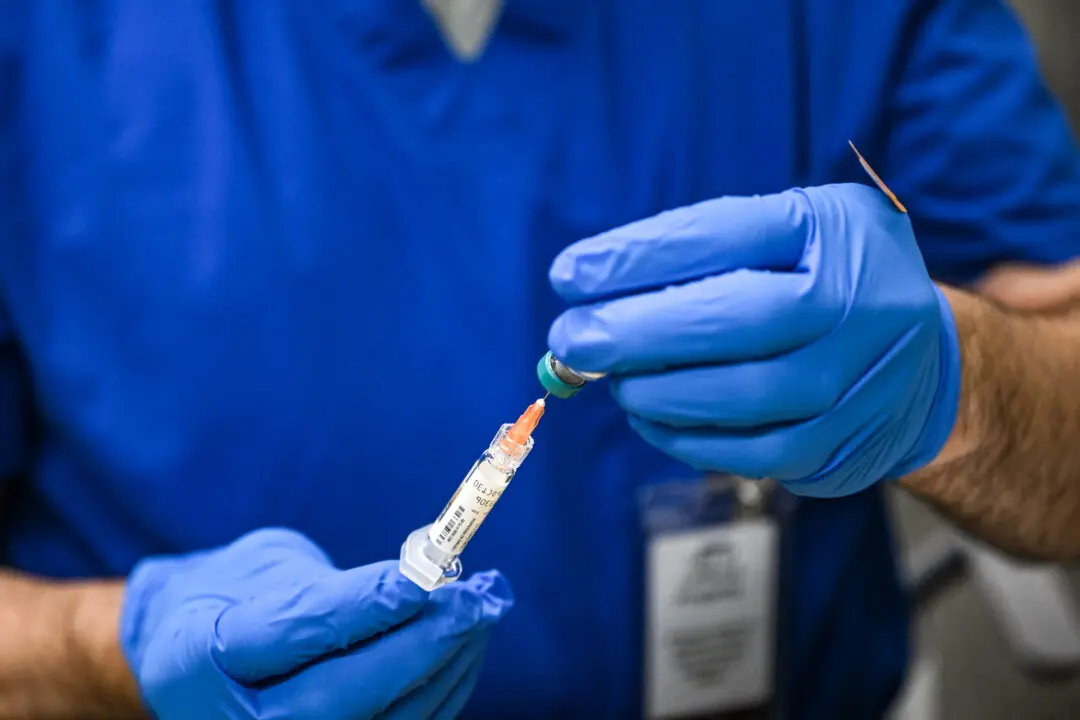NEW YORK—Though the MTA’s mammoth Second Avenue subway project has faced obstacles, such as having to stabilize several older buildings and address community complaints about air contamination, the MTA has learned lessons from its mistakes and is moving forward, said Michael Horodniceanu, president of the MTA Capital Construction Company.
Horodniceanu would like the public to remember how important this project is for the future of the city.
“What people in New York ought to know [is] that this is in many ways the type of work, that if we are to continue to be New York and be at the forefront and be competitive, this is something we must do,” said Horodniceanu. “In order to stay competitive, mass transit is the way to go.”
To give residents living nearby the project a closer view of what’s happening, the MTA gives monthly tours of the project.
[etssp 527]
Horodniceanu hopes that when people see phase one of the project actually finished, it will help spur support for the other three phases.
The original projected completion date was January, 2011. Horodniceanu said phase one of the project will now be finished by the end of 2016. Phase one will be a new subway line going from 96 Street to 72 Street along Second Avenue. The track will continue south from 72nd Street, turning west to link with the current Lexington Ave./63rd St. Station.
The other three phases of the project would extend the line, from 125th and Lexington Avenue south to Hanover Square in the Financial District.
Amid heavy machinery and muddy ground, debris from blasting gets taken above ground and trucked to New Jersey, where it’s bought and re-sold. At the future 72nd Street station, three-quarters of the blasting is completed. All blasting at the station will be done in May or June, according to Horodniceanu, who helped guide a press tour on March 7.
There is currently a $950 million funding gap for phase one, out of a budget of $4.4 billion. Funding has come from a combination of federal, state, and city sources, and Horodniceanu said the MTA has submitted for capital funding from the state this year.
“I’m pretty confident that we will get what we need to get to build it,” said Horodniceanu. “Someone asked me how long I expect to be here, I expect to get this thing done. After that, I’m going to go and play with my grandkids.”




